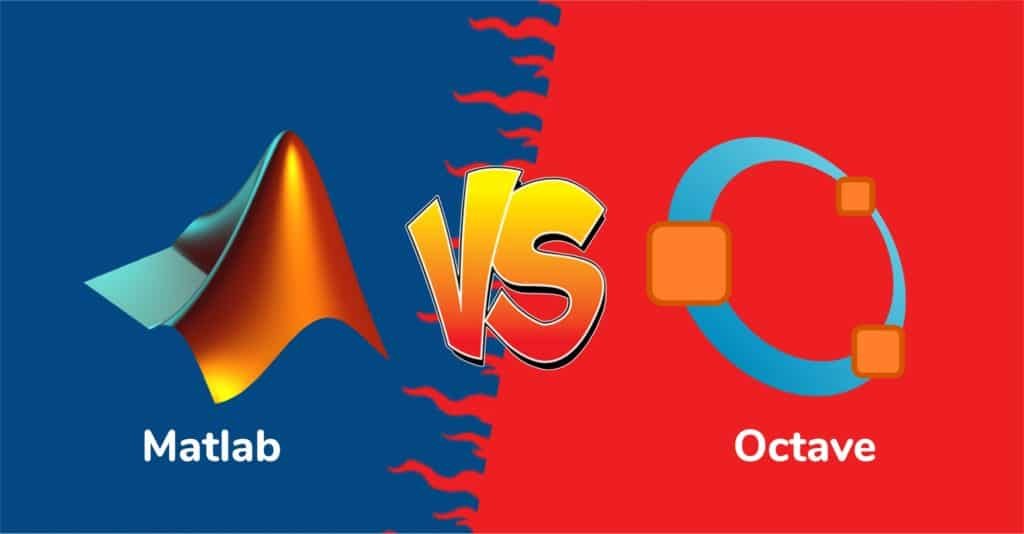PyTorch is an open-source deep learning framework created by Meta’s AI Research Lab (FAIR). Flexible enough to go from research prototyping to production deployment seamlessly, PyTorch has grown to be a staple of the machine learning community. Famed for its dynamic computation graph and user-friendly interface, professionals targeting the building and deploying of deep-learning algorithms settle for it. In this ultimate PyTorch guide, we find out the advantages, key features, use cases, and everything else that you need to make the best out of PyTorch for Machine Learning problem statements.
The machine learning landscape is evolving rapidly, and identifying the appropriate framework is crucial for success. PyTorch, a member of the PyTorch family of compute frameworks, is now a premier choice for researchers and developers alike. It offers a unique combination of features that you can’t find elsewhere, and it has a rich community surrounding it.
Introduction to PyTorch
Table of Contents
PyTorch is an open-source deep learning framework from Facebook’s AI Research Lab (FAIR). PyTorch is a cornerstone of the machine learning community, enabling a smooth transition from research prototyping to production deployment. The way in which it handles the dynamic computation graphs has an intuitive design and executes all operations on the tensor, adding to its beauty , making it a de facto library amongst professionals and extremely useful for the efficient development and deployment of complex machine-learning models.
Why Choose PyTorch for Machine Learning?
Several compelling advantages back the decision to adopt PyTorch:
- Dynamic Computation Graphs: Unlike static computation graphs, PyTorch’s dynamic graphs allow for real-time modifications, facilitating easier debugging and experimentation.
- Pythonic and Intuitive: PyTorch integrates seamlessly with Python, making it accessible for those familiar with the language and enhancing code readability.
- Robust Community Support: A thriving community ensures continuous development, abundant resources, and prompt assistance for users at all levels.
- Seamless GPU Acceleration: PyTorch provides straightforward methods to leverage GPU acceleration, significantly boosting computational performance.
- Versatile Ecosystem: With a suite of tools and libraries, PyTorch supports various applications, from computer vision to natural language processing.
Getting Started with PyTorch
Installation
PyTorch offers flexibility in installation, supporting both CPU and GPU configurations. To install PyTorch with GPU support using pip, execute:
pip install torch torchvision torchaudio
For detailed installation instructions tailored to your system, visit the official PyTorch website (pytorch.org).
Understanding Tensors
At the heart of PyTorch lies the Tensor—a multi-dimensional array serving as the primary data structure. Tensors are pivotal for storing data and parameters within neural networks.
Here’s a simple example demonstrating tensor creation and basic operations:
This script initializes two random tensors and performs element-wise multiplication, showcasing PyTorch’s intuitive syntax.
Building Neural Networks with PyTorch
Defining a Neural Network
Utilize the torch.nn module to define neural network architectures. Below is an example of a simple feedforward neural network:
In this model:
- Flatten Layer: Converts each 2D 28×28 pixel image into a 1D array of 784 pixels.
- Linear Layers: Apply linear transformations to the input data.
- ReLU Activations: Introduce non-linearity to the model, enabling it to learn complex patterns.
Training the Model
Training involves feeding data through the network, computing the loss, and updating the model parameters to minimize this loss.
Real-World Applications of PyTorch
PyTorch’s versatility has led to its adoption in various groundbreaking applications:
- Computer Vision: From image classification to object detection, PyTorch powers numerous vision-based models.
- Natural Language Processing (NLP): It’s instrumental in tasks like language translation, sentiment analysis, and chatbot development.
- Reinforcement Learning: PyTorch is widely used in AI-driven gaming and robotic automation.
- Healthcare and Medical Imaging: AI models in PyTorch assist in disease detection and medical image segmentation.
Community and Resources
PyTorch boasts an extensive support network, including:
- Official Documentation: Comprehensive guides at pytorch.org.
- Forums and Discussions: Engage with the community on PyTorch Forums and Stack Overflow.
- Online Courses: Platforms like Coursera and Udacity offer in-depth PyTorch courses.
Conclusion
With its dynamic computation graphs, easy GPU utilization, and rich library ecosystem, PyTorch has transformed the face of machine learning. PyTorch gives you everything you could want to use to bring your machine-learning projects to life, whether you are an aspiring data scientist or an experienced AI researcher. Download PyTorch for free and start working with it now and benefit the future of innovations driven by AI!
Also Read: Unlocking the Power of PyTorch for Deep Learning and Data Analysis
Is PyTorch better than TensorFlow?
PyTorch vs TensorFlow — The advantages of both PyTorch is user-friendly and flexible compared to TensorFlow, but TensorFlow is ideal for doing large-scale deployment. Tensorflow is usually the one for doing production but PyTorch is the most used framework for research and prototyping.
How does PyTorch compare to Scikit-Learn?
Scikit-Learn is good for the standard ML model like trees and regression, while PyTorch is for deep learning and neural networks. Thus, PyTorch is preferred for large-scale AI projects, and Scikit-Learn is preferred for regular ML tasks.
Is PyTorch beginner-friendly?
Yes, PyTorch’s Pythonic syntax makes it easier for beginners to learn compared to other frameworks. Additionally, there are extensive tutorials and documentation available for newcomers.


